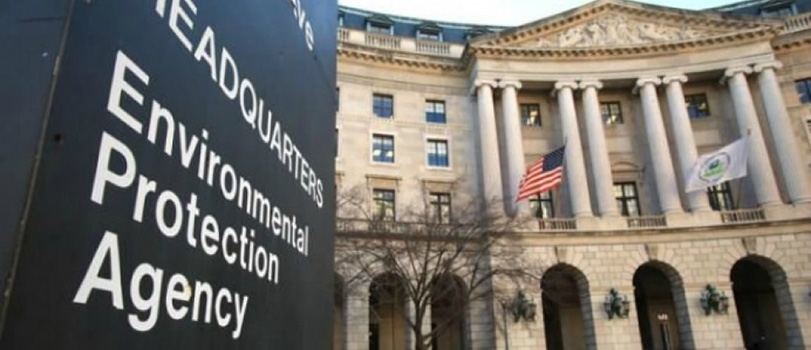EPA Finalizes PFAS Drinking Water Standards

On April 10, 2024, the U.S. Environmental Protection Agency (EPA) announced a final National Primary Drinking Water Regulation (NPDWR) that establishes the first-ever per- and polyfluoroalkyl substances (PFAS) drinking water standards.
The final rule sets Maximum Contaminant Levels (MCLs) or enforceable levels of 4 parts per trillion (PPT) for PFOA and PFOS and 10 ppt for PFHxS, PFNA, and HFPO-DA (commonly known as GenX Chemicals). The rule also establishes a limit for mixtures of at least two or more of PFNA, PFHxS, PFBS, and HFPO-DA. Public water systems will have three years to complete initial monitoring of these PFAS and five years to reduce the amount in drinking water if their levels exceed the MCLs.
In connection with the final rule, EPA announced that $1 billion would be available through the Bipartisan Infrastructure Law to help states and territories implement PFAS testing and treatment at public water systems and to help owners of private wells address PFAS contamination. (The $1 billion in funding is part of the $9 billion appropriated through the Bipartisan Infrastructure Law to address PFAS and other emerging contaminants in drinking water.)
With respect to PFAS use in food packaging, in 2020, three U.S. manufacturers voluntarily agreed to phase out sales of certain short-chain PFAS and a fourth manufacturer stopped selling such products in 2019. Then on February 28, 2024, the U.S. Food and Drug Administration (FDA) announced that PFAS were no longer being sold for use in grease-proofing agents for food packaging in the U.S. (For more details on that announcement can be found here.)